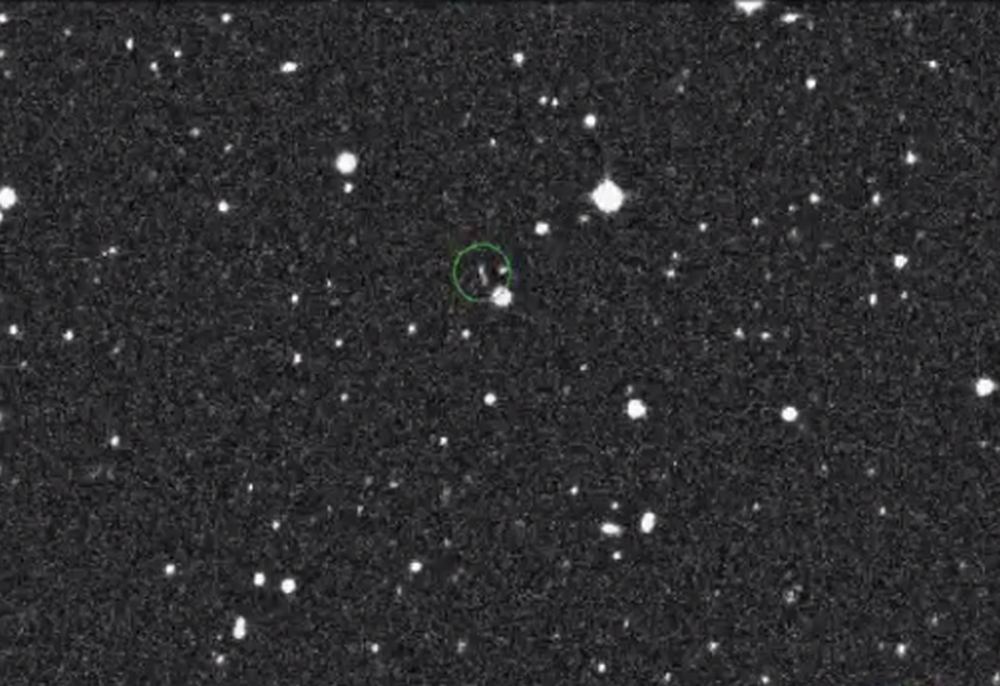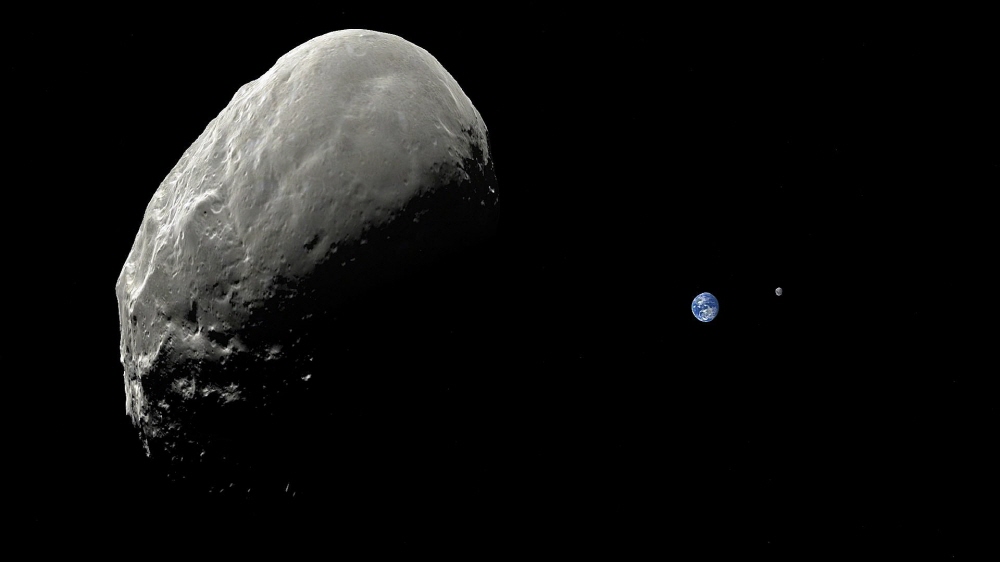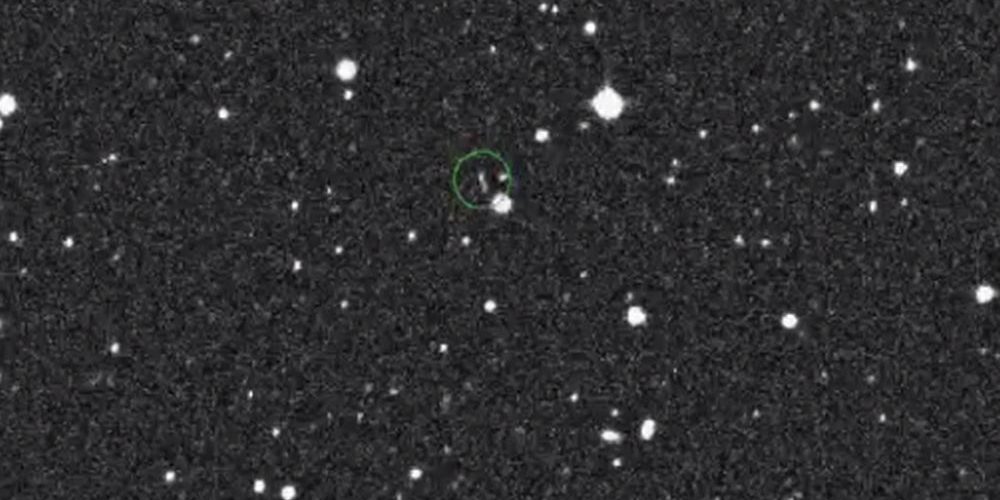
Minimoon To be precise, Temporary Captured Orbiters (TCO) are wandering planets that travel around the Earth and fly under the Sun, out of the Earth’s gravitational sphere, in addition to the Moon, International Space Station, satellites and space debris.
Humanity’s first minimoon was the 2006 RH120, an asteroid discovered 14 years ago. On February 15, 2020, a research team at the University of Arizona in the United States discovered the second minimoon in the history of observation, the asteroid 2020 CD3. It is a very small object and was initially estimated to be 1.9-3.5m wide. It is also said that the mini-moon, which has only been observed twice so far, is a rare celestial body.
According to the University of Hawaii Astronomy Research Institute, it is estimated that one in every 1,000 meteorites burnt in Earth’s atmosphere was a minimoon. Therefore, it is not uncommon for a minimoon to orbit around the earth itself, but it is very difficult to find due to its fairly small size and unstable orbit. Of course, even if the mini-moon hits the earth, it is said that it is too small to have any effect on the surface.
The asteroid 2020 CD3 could no longer be observed because it was already far from Earth at the time of its discovery in February. However, on the second minimoon, many studies have been conducted so far, and 23 authors from 14 research institutes have jointly published research papers. The MPC of the International Astronomical Federation Asteroid Center has already announced its initial views in February, but more details are covered in this paper.
According to this, the 2020 CD3 is not space junk. At the time of discovery, there was a suspicion that it may be an artificial satellite fragment, used fuel tank or other artificial object, but later observations indicate that the 2020 CD3 was considered to be an S-type asteroid mainly composed of silicate because of its low area mass ratio and light intensity .
Another mini-moon was discovered in September, but it is almost certain that this is the Centaur two-stage rocket launched by NASA in 1966. It was space junk. What else I learned is that the 2020 CD3 is somewhat smaller than originally thought. It seems to be about 1.2m wide. It is about the size of a common rock on Earth. Because it was surprisingly small, the asteroid that originally flew somewhere between Mars and Jupiter appears to be a fragmented piece of something.
Not only the size, but also the movement of the asteroid so far has been clear. The 2020 CD3 has been sneaking around the Earth for the past two and a half years. It seems that it has already been in minimoon mode since 2018, and it was captured by a telescope as a result of approaching Earth once.

The 2020 CD3 has orbited the Earth for approximately 2.7 years and then flew away by the solar gravity. It is also said that the minimoon was rotating faster than expected. Of course, since scientific opinions are still insufficient for asteroids as small as 1m, research on minimoons left a task to be solved in future asteroid studies.
The research team explains that the minimoon can help to collect samples, as it means that the asteroid can be reached within a distance that can be reached by reaching out to the Earth. If the Minimoon mission is realized in the near future, something new about the solar system’s formation process may be available. It may also provide a place and opportunity to hone your asteroid exploration skills. Related information can be found here .


















Add comment